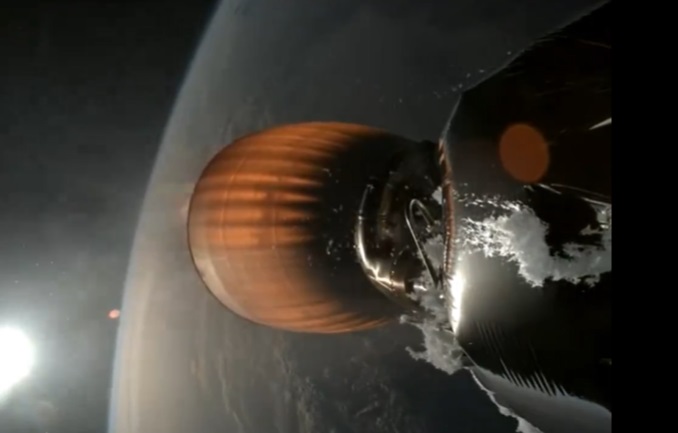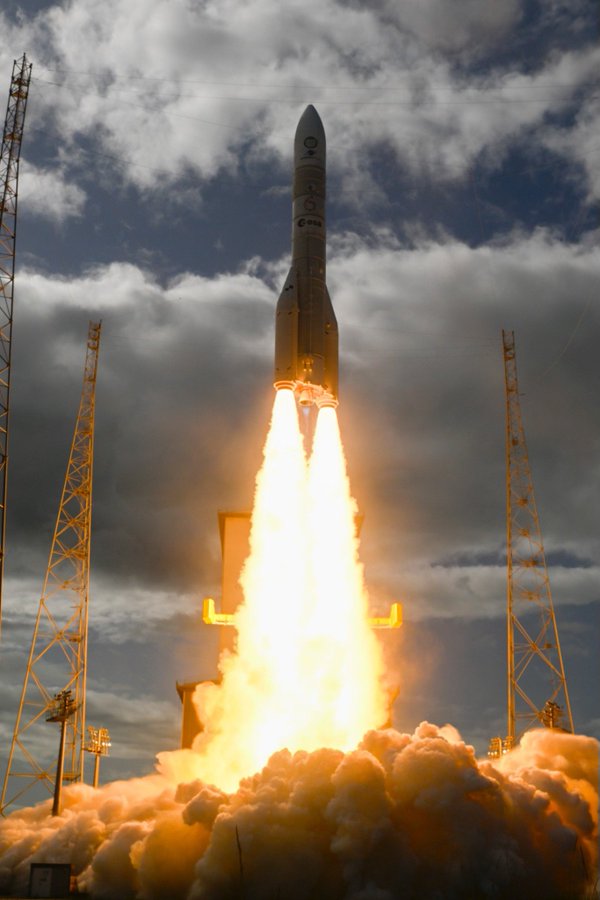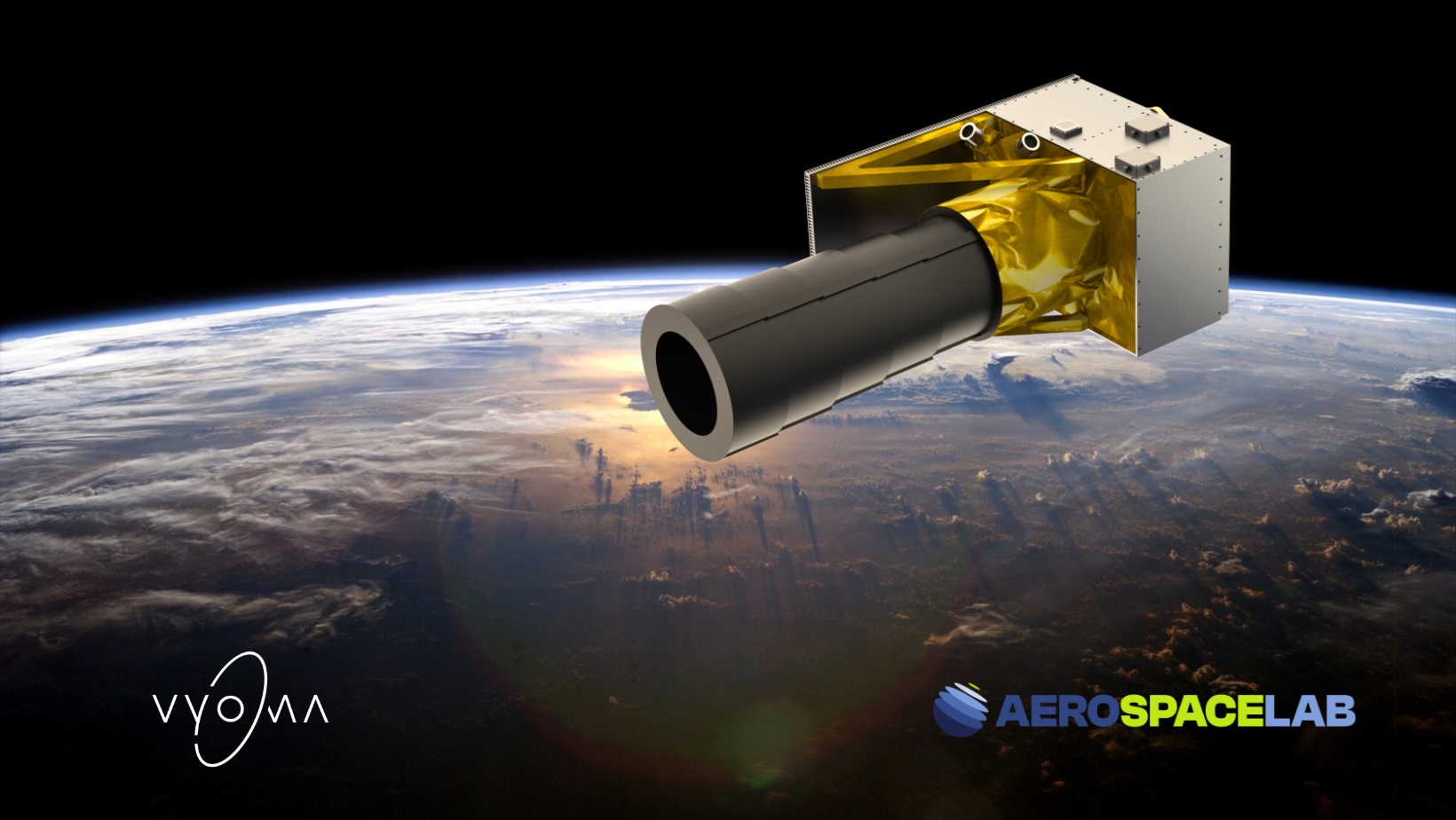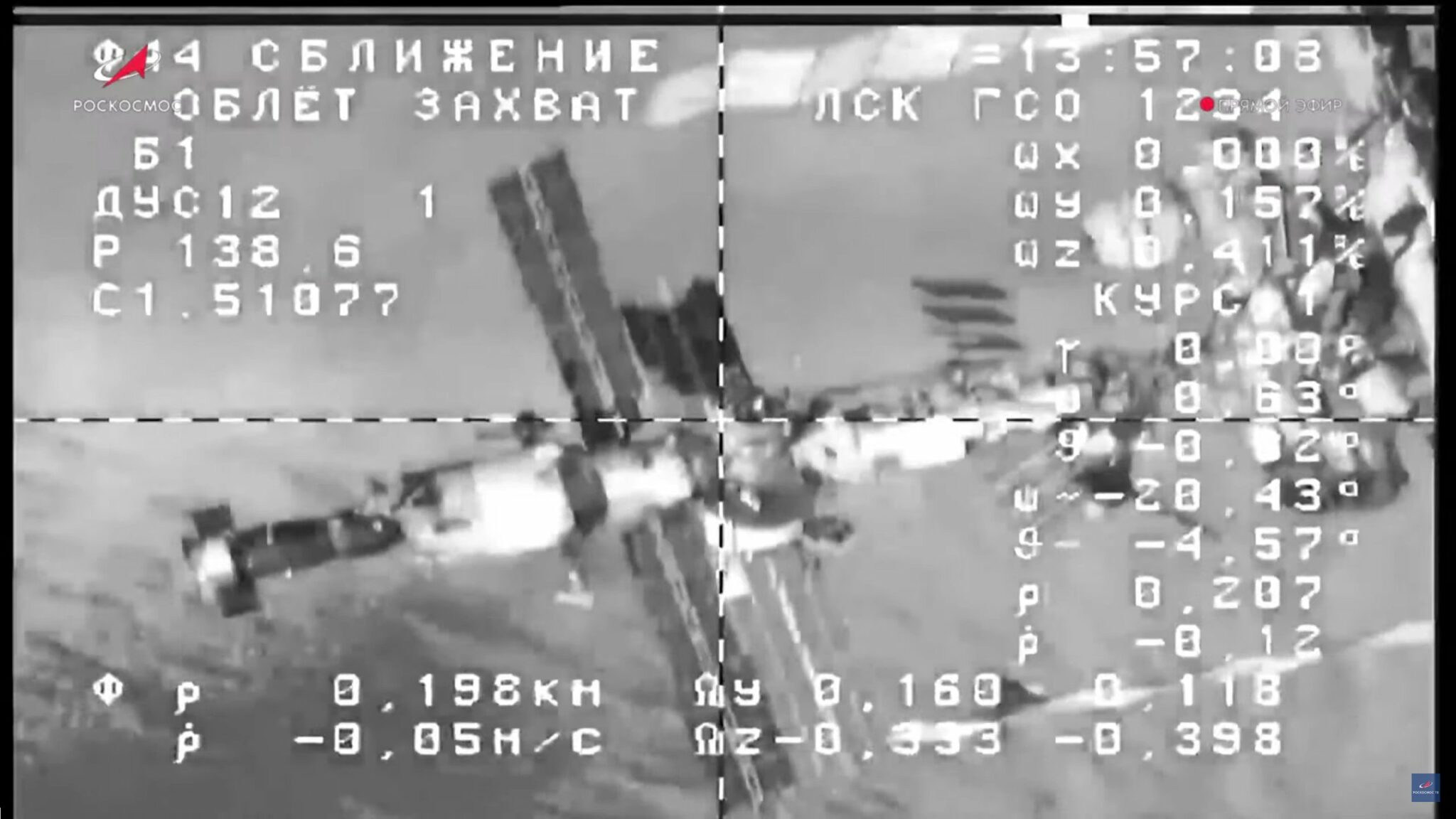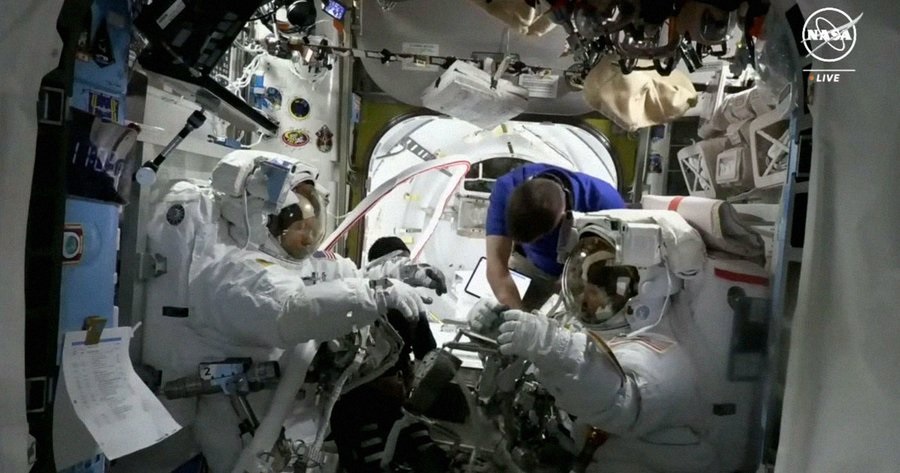What it should look like: Intelsat 19 with all its arrays deployed in this artist’s impression. Courtesy: Space Systems/Loral
The recent news that Intelsat 19 has not deployed one of its solar arrays correctly is not a one off incident. The satellite is the third recently-launched Space Systems/Loral 1300 design spacecraft that has been troubled by “sticky solar arrays”.
Shortly after its launch in May 2011, the Telstar 14R (Estrela Do Sul 2) satellite failed to deploy its North solar array correctly resulting in a major partial insurance loss of $132.7 million which equated to 52% of its insured value. In Febuary of this year, the SES 4 satellite had a close shave when its solar arrays failed to deploy correctly and the satellite had to be shaken for the arrays to deploy fully. In that case no insurance loss was incurred.
While efforts continue to shift its sticky solar array, if they fail the Intelsat 19 satellite may yet also become subject of an insurance payout. Its insured value is reported to be circa $325 million.
As a result of the faults, operators are likely to delay their launches to allow for extra checking of their spacecraft solar arrays. The dual launch of the MSG 3 and Jupiter (Echostar 17) launch aboard an Ariane 5 ECA had already been delayed from 19 June for extra checking – though it is not known what the nature of that concern was. Nevertheless, it is now thought likely that this flight delay will now be extended. Meanwhile the ILS Proton M flight of SES 5 is now also likely to be delayed from its 18 June launch date.

